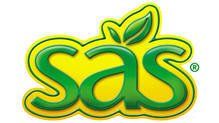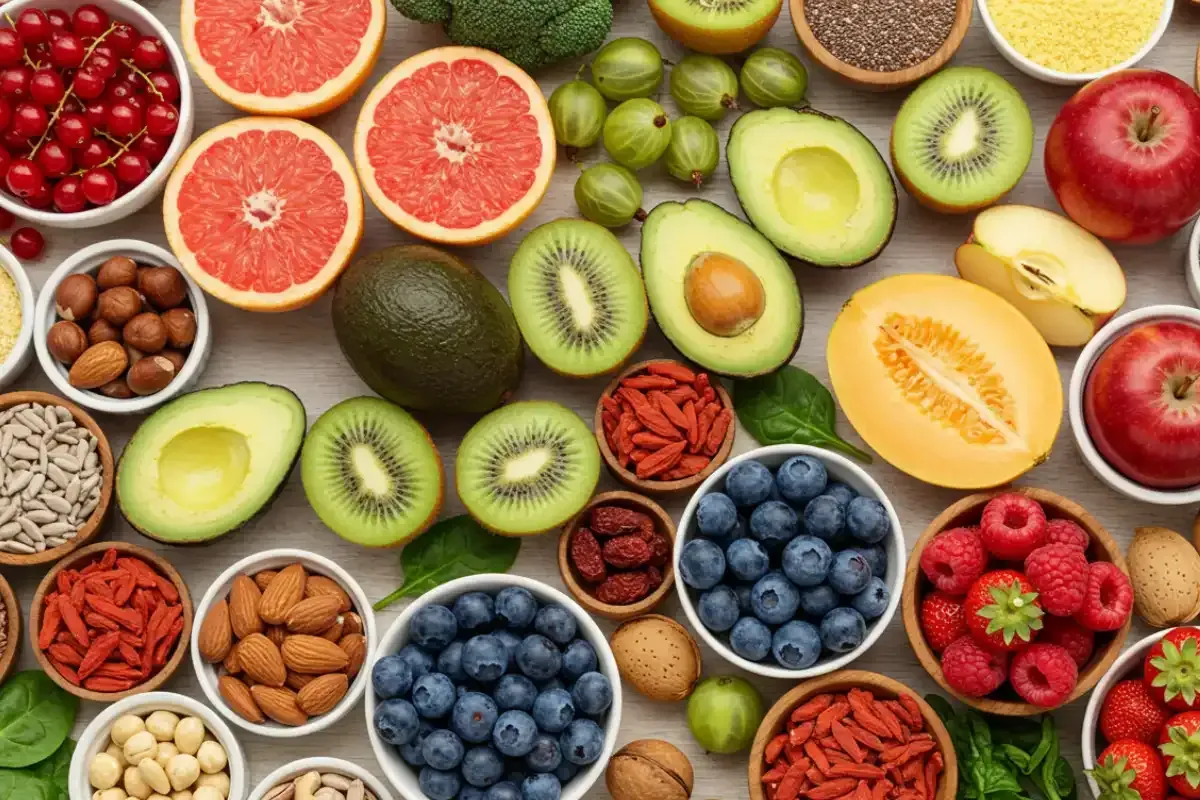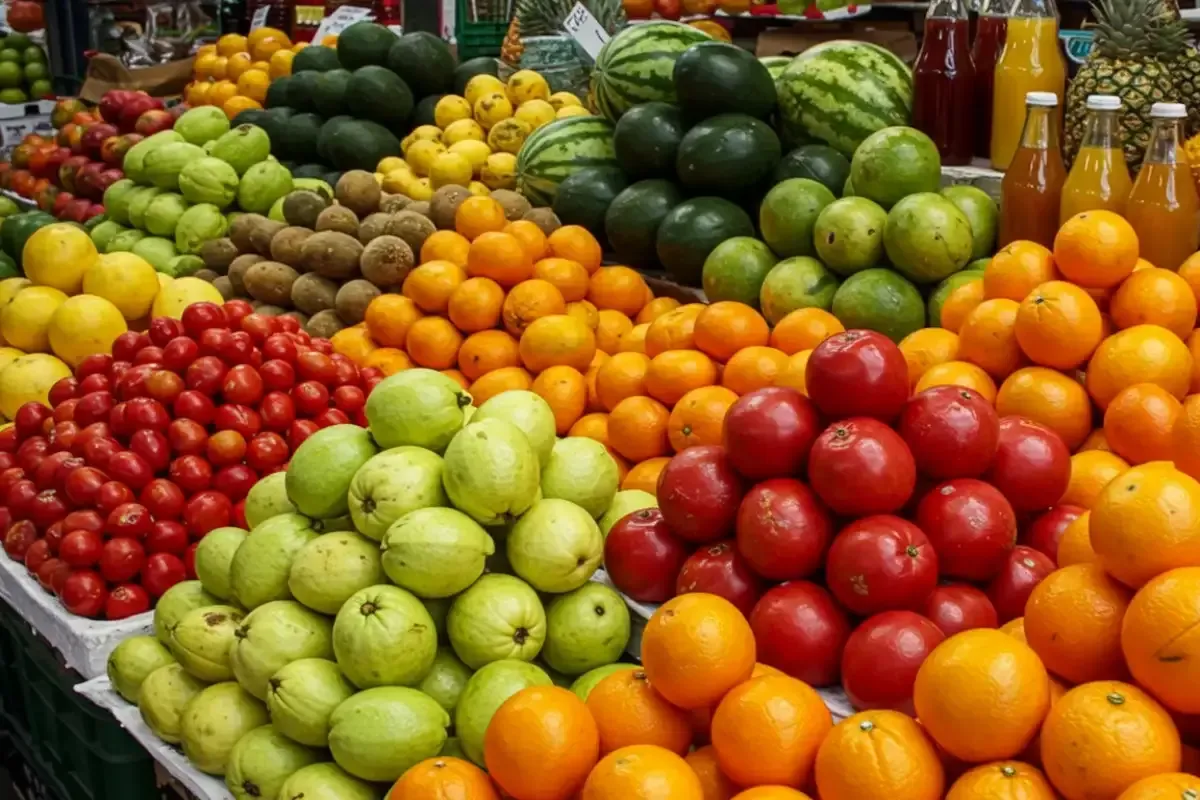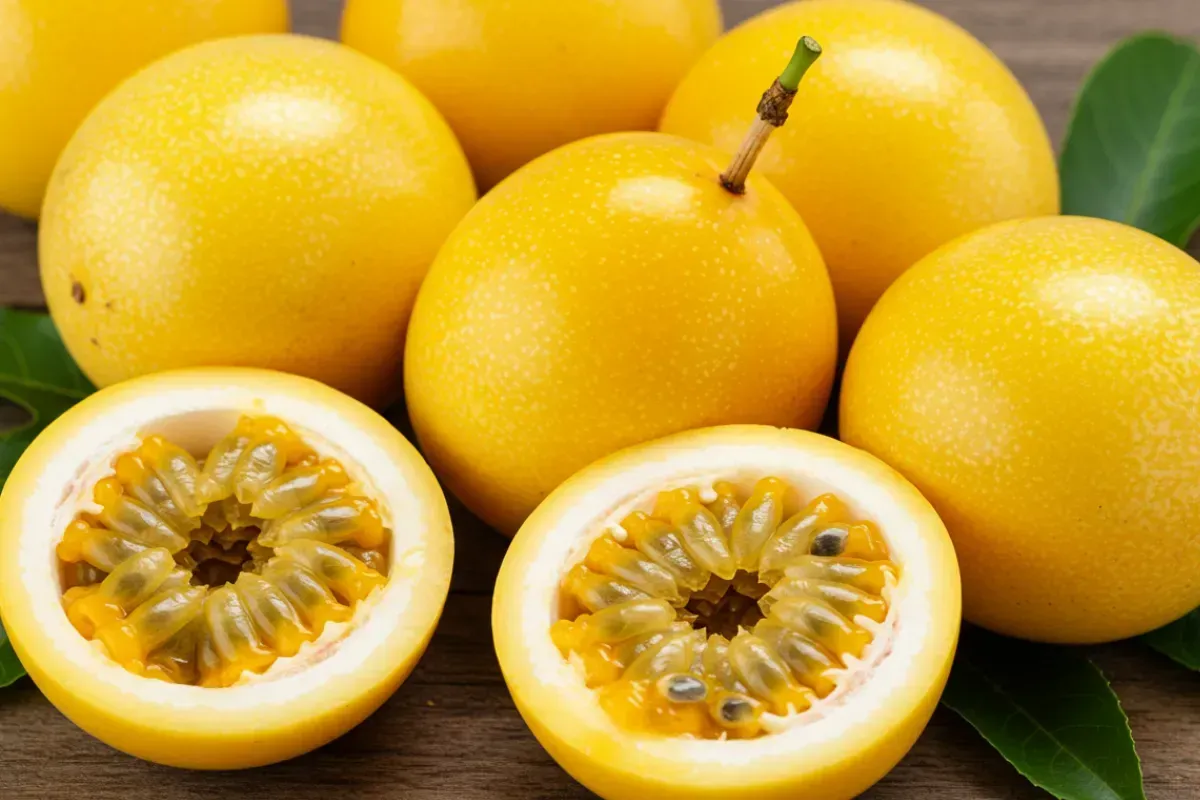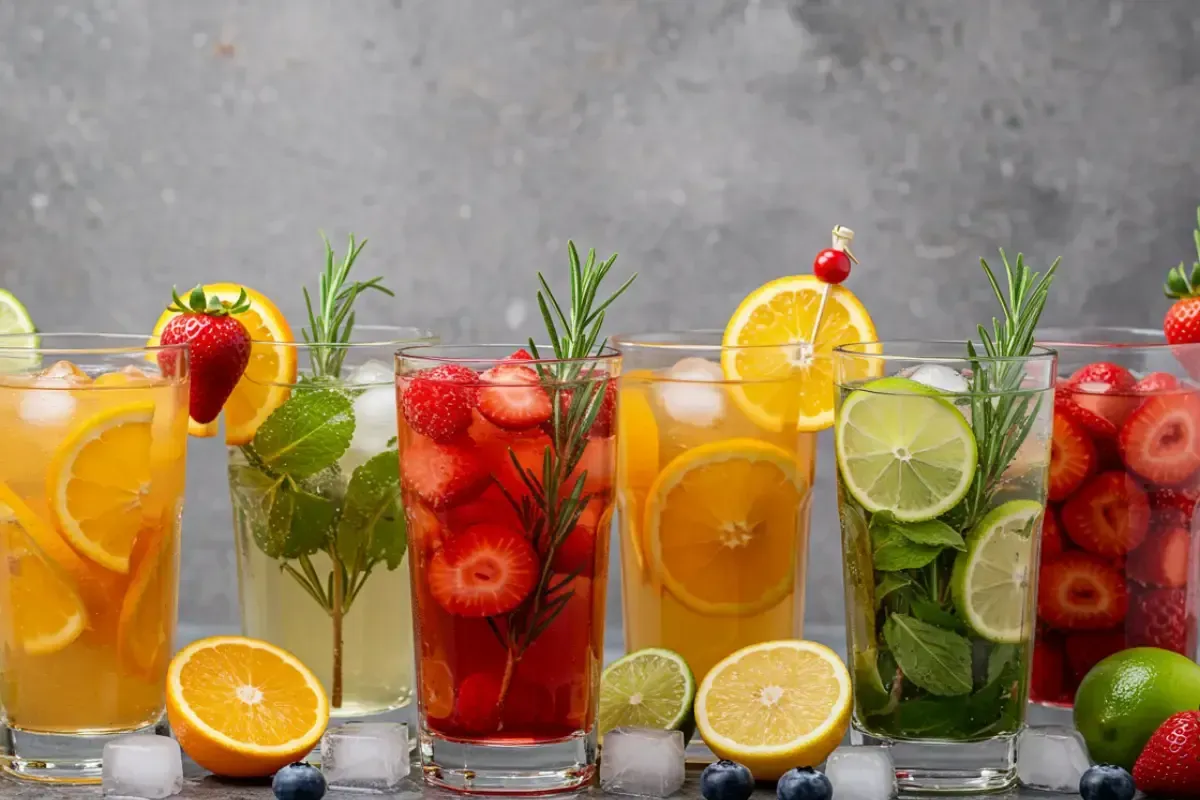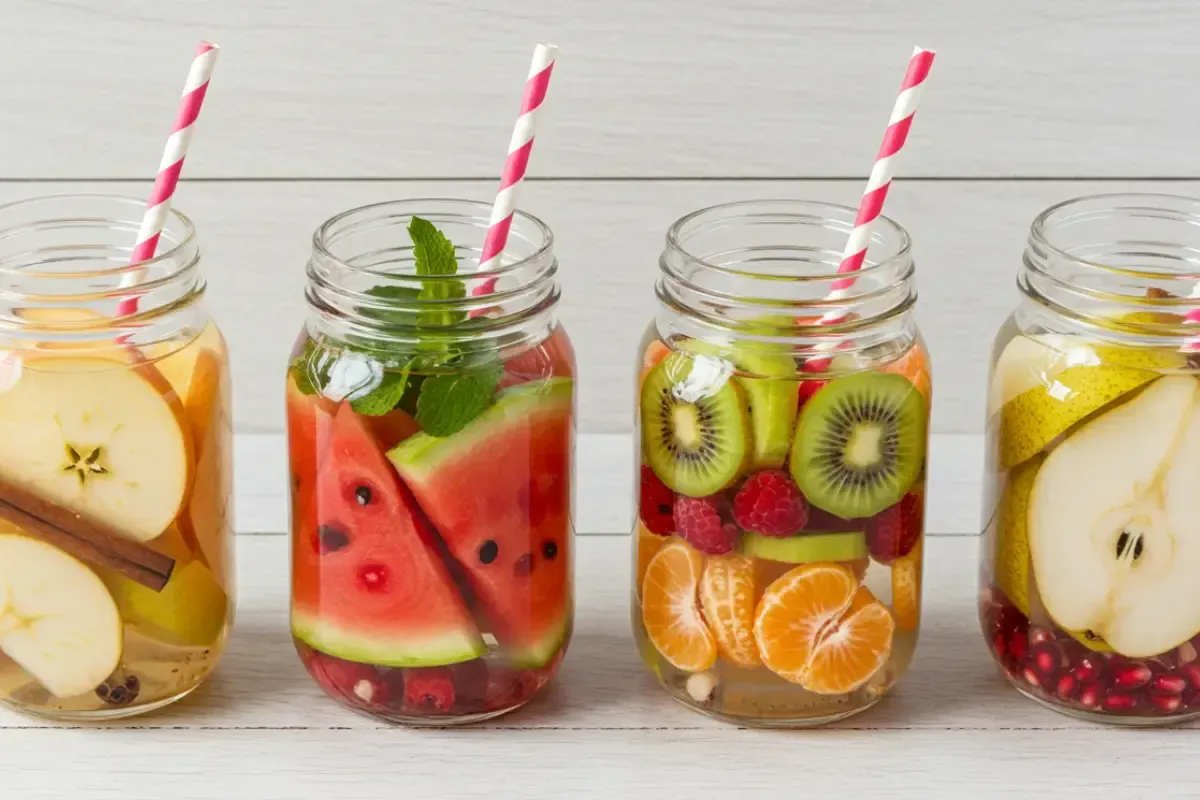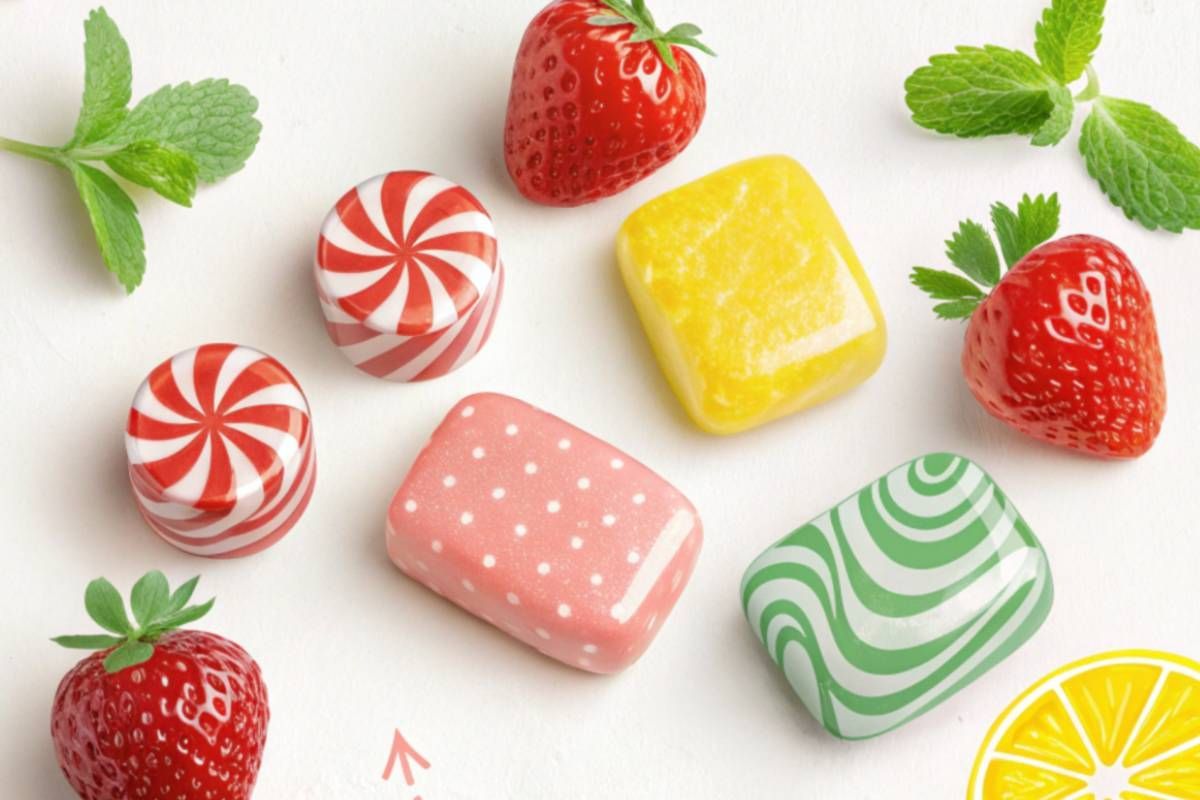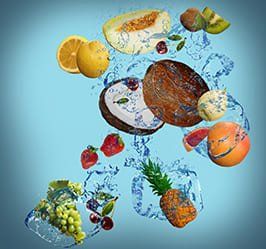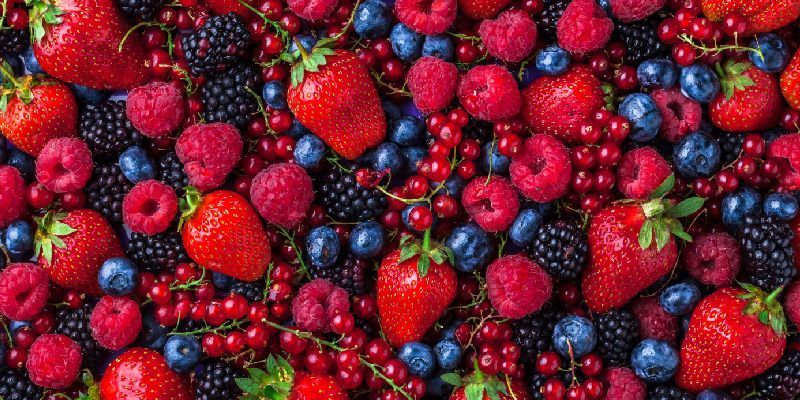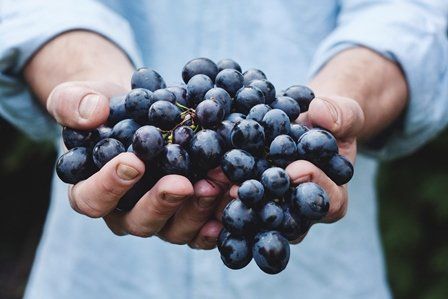Pineapple drinks: making the most of this fruit in the food industry

When we think of yellow fruits, pineapple stands out. Not only in its fresh form, but also as an input to create numerous products. From fillings and jams to juices and sauces, pineapple is a versatile ingredient. Find out all you need to know about its application to make pineapple drinks.
Pineapple drinks: making an impact in the industry
Beverages made from frozen fruits, fresh or puréed ones are a hallmark in the food industry. There are classic options such as apple and orange, and more indulgent ones such as peach fruit and pineapple.
Specifically, the expectations are that the global pineapple juice market will reach $4.1 trillion by 2028 (Grand View Research, 2022). Consumers consider it a convenient source of energy and nutrition. Therefore, it is used as a flavorful ingredient for smoothies in combination with other fruits, vegetables, and seeds.
It also appears in functional sports drinks. In that segment, 46% of consumers make their choices based on taste, so pineapple shines as an ingredient in natural juices, shakes, or smoothies.
This aspect is also prevalent in cocktails. For example, half of U.S. adults say that taste is a reason to consume alcohol. The trend dictates that consumers are looking for ready-to-drink options with fruity flavors. Examples of alcoholic pineapple drinks on the market include:
- Flavored beers.
- Hard seltzers.
- Flavored alcohol (fruit liqueurs and ready-to-drink cocktails).
- Piña colada, either as a cocktail or flavored in other beverages.
Nutritional value of pineapple drinks
Pineapple is a great source of vitamins and minerals, just like citrus fruits. It is also a source of different types of antioxidants, which support immune function in the body and fight inflammation. In addition, it is a refreshing and flavorful ingredient with moderate caloric intake (Bourgeois, 2024).
Recommendations for production
Today, there are several production methods to maximize the use of pineapple in beverage production and reduce waste. This is the case of enzymatic treatment, high pressure processing or pulsed electric field processing. These techniques help to extract more juice by optimizing aspects such as temperature, pressure, and enzyme concentration during production (Kandemir et al., 2022).
Likewise, fruit wastes can be processed into ingredients for functional foods, nutraceuticals, and cosmetics. This trend introduces fruit beverages into circular economy models, which are both sustainable and attractive to consumers (Kandemir et al., 2022).
On the other hand, the success of pineapple drinks can be enhanced by sustainable practices. This is the case of plastic-free or reusable packaging. Also, water systems that reuse this liquid at different stages of production (TetraPak, 2020).
In conclusion, there is no doubt that these beverages show an outstanding performance among consumers.
Referencias bibliográficas
- Bourgeois, C. (2024, January 3). Health Benefits of Pineapple. Health.
- Conway, J. (2023, December 18). Hard soda in the U.S. - statistics & facts. Statista.
- Grand View Research. (2022). Pineapple Juice Market Size Worth $4.10 Billion By 2028.
- Kandemir, K., Piskin, E., Xiao, J., Tomas, M., & Capanoglu, E. (2022, May 11). Fruit Juice Industry Wastes as a Source of Bioactives. Journal of Agricultural and Food Chemistry, 70(23), 6805–6832.
- Tastewise. (n.d.). Pina colada trends - consumption analysis and statistics 2024 report.
- TetraPak. (2020, June 17). The big squeeze: the juice, nectar and still drinks industry confronts a changing world.
